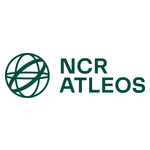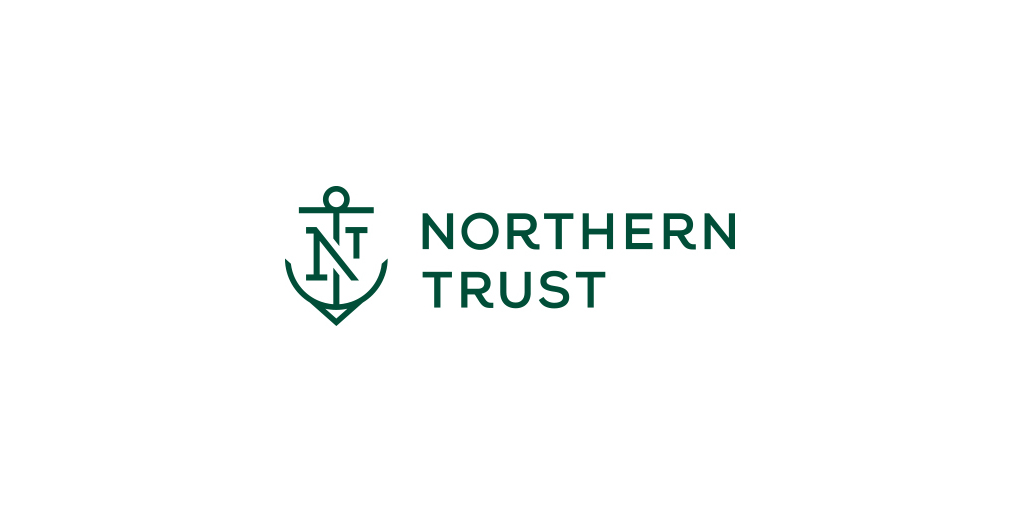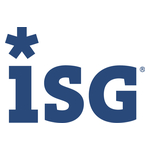Grant Thornton survey: Industries reveal key priorities for workers
Gina Mazzone
T +1 312 602 9096
E gina.mazzone@us.gt.com
S twitter.com/grantthorntonus
linkedin/grantthorntonus
Grant Thornton, one of America’s largest brands of professionals providing end-to-end audit, assurance, tax and advisory services, has released industry-specific data from its State of Work in America survey. Respondents shared their thoughts on the latest trends in employee attitudes, desires and concerns across various sectors, including technology, banking, healthcare, manufacturing, retail and transportation and distribution.
Technology workers want job security
Artificial intelligence (AI) has emerged as a powerful force reshaping workplace dynamics in the technology industry. According to the tech data in Grant Thornton’s 2024 State of Work in America survey, 41% of respondents expressed concerns about being replaced by AI.
Despite the turbulence within the industry, job security isn't the primary priority for technology workers. In fact, their focus is on career growth.
The top reason that technology respondents joined their current organization was the opportunity for advancement, which ranked higher than base pay. Seventy-three percent of respondents said they are actively pursuing internal advancement.
Respondents also listed the lack of advancement opportunities as the top reason they would leave their current organizations.
Banking employees face burnout
According to the banking data from the firm’s 2024 State of Work in America survey, 40% of banking employees cited base pay as a factor that attracted them to their organization and keeps them there. They also ranked benefits, job security and advancement opportunities as motivators in attraction and retention.
Despite these positives, the banking workforce still has concerns, many of which stem from a shifting industry landscape. The ongoing changes are contributing to stress and burnout, with nearly half of survey respondents reporting burnout within the last year.
Further, 66% of survey respondents said they would contemplate leaving their organization if the right opportunity came along, with 36% citing concerns around job security as the primary motivator.
This suggests that employees have greater awareness of the significance of transformation and its impact on their roles, which reinforces the need to engage with employees to discuss career progression and minimize premature or unwanted turnover.
Stress continues to challenge healthcare workforce
The healthcare findings from the survey pointed to several factors that are contributing to the ongoing problem of stress in healthcare and the deterioration of workers’ mental well-being.
For instance, 49% said that their organization is inadequately staffed to meet business needs, resulting in longer hours for an overburdened workforce and increased strain on providers. Additionally, 47% specifically cited long hours as a contributor to burnout, while 50% noted that they feel their voices are not heard at work.
At the same time, the findings about the role of technology at healthcare organizations were overwhelmingly positive. Ninety-three percent of respondents reported that technology has a positive or slightly positive impact on their day-to-day roles.
With the healthcare industry facing a projected worker shortage in the hundreds of thousands within the next decade, the need to optimize productivity, improve efficiency and retain workers is critical.
Adopting improvement efforts such as streamlining strategy and operational initiatives, modernizing technology and transforming culture from a command-and-control model to a grassroots model can help to address these opportunities.
Long hours plague the manufacturing workforce
The manufacturing data found in the 2024 State of Work in America survey revealed one common priority among manufacturing employees: base pay.
According to the data, 50% of respondents were initially attracted to their organizations by base pay, while another 49% said their base pay is what’s keeping them at their organization. Respondents also indicated that they were even more likely to switch employers for an increase in base pay — at least, in urban areas.
So, how can manufacturers recruit and retain workers without constantly escalating base pay? The key is addressing one of their biggest concerns: long hours, with 54% of survey respondents citing it as a contributing factor to burnout.
Creative workforce management strategies that address employees’ top concerns and offer greater flexibility could help incentivize workers to stay with their current organization.
Mental health and worker shortage top causes of burnout in retail
The retail results of the 2024 State of Work in America survey uncovered several issues that employers will want to address if they are to retain their workforce.
Fifty-five percent of respondents reported that they have suffered burnout on the job in the past year, with mental health and worker shortages cited by two-thirds (66%) of these workers as the top causes. Among hourly workers, 41% said “unrealistic expectations” was a high stressor.
Overall, more retail employees reported a decline in their financial well-being and their mental and physical health.
To alleviate the pressure of worker shortages and unrealistic expectations, retailers must make sure employees have a clear understanding of their roles and responsibilities to promote a healthy work-life balance.
Competitive pay and technology a key factor in transportation and distribution
According to the transportation and distribution data found in Grant Thornton’s 2024 State of Work in America survey, industry respondents emphasized base pay (60%) as the most important factor when working for an organization, closely followed by benefits (57%). Fifty-six percent also noted that they would leave their organization if wages could not keep up with inflation.
While base pay might be the clearest way to recruit and retain workers, companies need to find ways to balance competitive salaries against their own finances.
The survey also found that companies need to modernize while also maintaining worker support, especially when it comes to burnout. When asked about the top factor that contributes to burnout, 73% of respondents noted long hours.
While reducing long hours may not always be feasible for drivers and other workers in this industry, technology that enhances route planning can help.
For example, one of the most significant issues that drivers face, especially for those who are sleeping in their cabs, is parking. By utilizing technology, companies can help drivers find safe places to park more quickly, which in turn helps reduce the impact of long hours — and can cut down on burnout.
Ultimately, transportation and distribution companies will need smart solutions to help manage the evolving economic and workforce pressures.
To see additional findings from Grant Thornton’s industry cuts of the State of Work in America survey, review the following reports: technology, banking, healthcare, manufacturing, retail and transportation and distribution.
About Grant Thornton
In the U.S., Grant Thornton delivers professional services through two specialized entities: Grant Thornton LLP, a licensed, certified public accounting (CPA) firm that provides audit and assurance services ? and Grant Thornton Advisors LLC (not a licensed CPA firm), which exclusively provides non-attest offerings, including tax and advisory services.
In 2025, Grant Thornton formed a multinational, multidisciplinary platform with Grant Thornton Ireland. The platform offers a premier Trans-Atlantic advisory and tax practice, as well as independent American and Irish audit practices. With $2.7 billion in revenues and more than 50 offices spanning the U.S., Ireland and other territories, the platform delivers a singular client experience that includes enhanced solutions and capabilities, backed by powerful technologies and a roster of 12,000 quality-driven professionals enjoying exceptional career-growth opportunities and a distinctive cross-border culture.
Grant Thornton is part of the Grant Thornton International Limited network, which provides access to its member firms in more than 150 global markets.
Grant Thornton LLP, Grant Thornton Advisors LLC and their respective subsidiaries operate as an alternative practice structure (APS). The APS conforms with applicable laws, regulations and professional standards, including those from the American Institute of Certified Public Accountants.
“Grant Thornton” refers to the brand under which the member firms in the Grant Thornton International Ltd (GTIL) network provide services to their clients and/or refers to one or more member firms. Grant Thornton LLP and Grant Thornton Advisors LLC serve as the U.S. member firms of the GTIL network. GTIL and its member firms are not a worldwide partnership and all member firms are separate legal entities. Member firms deliver all services; GTIL does not provide services to clients.
View source version on businesswire.com: https://www.businesswire.com/news/home/20250207271843/en/
 Business wire
Business wire 











Add Comment